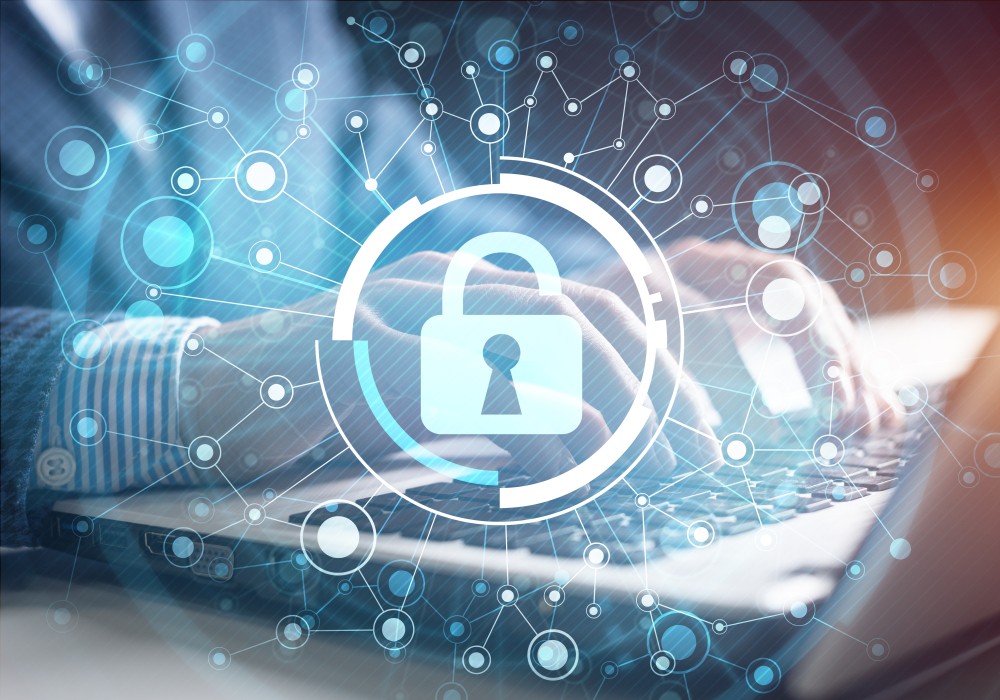The primary trend we’ve seen since the surge in remote working is a far more distributed network edge, encompassing everything from remote workers to IoT devices. Once, this particular challenge was reserved for global enterprises, but even smaller SMEs are now more visible, and more importantly vulnerable, to both individual hackers and more organised hacking groups.
So, what are SMEs to do? Especially given that many consider themselves ‘too small to be a target’, and that cybersecurity professional are highly valued while few and far between…
While a recent Aryaka survey found that four in five (82%) UK boards and senior managers rate cyber security as a ‘very high’ or ‘fairly high’ priority, focuses can quickly change. The global economy has become more unpredictable as of late, and SMEs may understandably focus their investments on projects that have a clear ROI, increasing revenue or improving customer services, rather than protecting networks and strengthening safeguards.
This is particularly true given the difficulties and expenses involved in hiring qualified network administrators and security experts, where a lack of qualified network admins has resulted in gaps in some more fundamental areas of cyber hygiene.
Thankfully, there is no shortage of MSPs to cater to the converging needs of network management and cybersecurity. And the Channel is playing an increasingly vital part in educating businesses on the ever-changing security landscape and constantly reminding them to be more proactive in their defences, derisking SMEs from the dangers of a lack of network oversight and threat mitigation.
However, from the end-customer’s perspective, one of the biggest challenges in the cybersecurity space is the overwhelming number of buzzwords and acronyms for decision-makers to sift through!
These can often be more confusing than the actual technology itself, putting-off potential customers from exploring the services available. This is where existing suppliers need to fervently and constantly remind decision-makers on the importance of cybersecurity, modern approaches and its technologies, such as SASE (Secure Access Service Edge) and ZTNA (Zero Trust Network Access).
ZTNA is a network methodology that examines each data packet at every stage of the journey as it travels through the network. This is especially important for devices that access public internet services, where attacks are far easier to realise than if data traverses a private core network.
SASE combines Networking and Security as a Service for a unified experience, offering greater control and efficiency within a single solution, where everything from application optimization to firewalls, web gateways, VPNs, user permissions, and QoS can be managed from a single, comprehensive view of the network.
However, this can only be achieved with a best-in-class SD-WAN solution, unifying the network management and security aspects under one umbrella; in turn, allowing businesses to consolidate their network stacks and reduce complexity.





